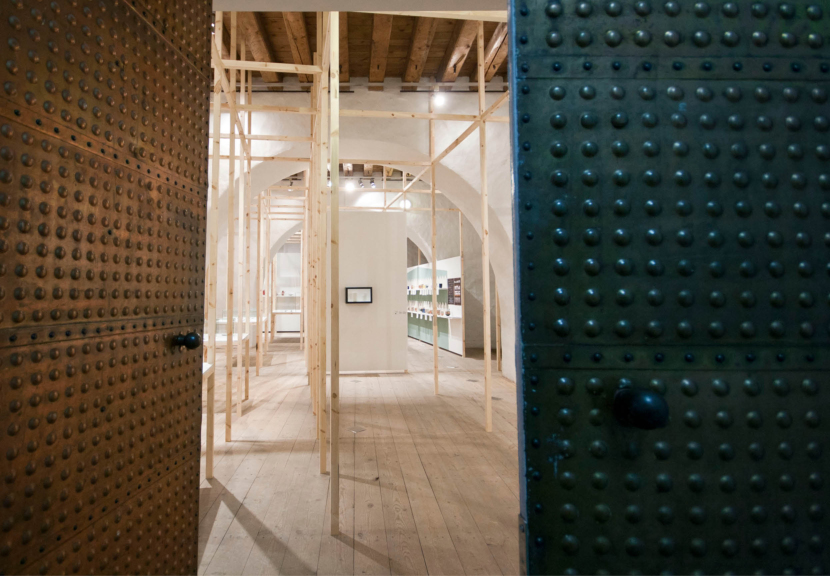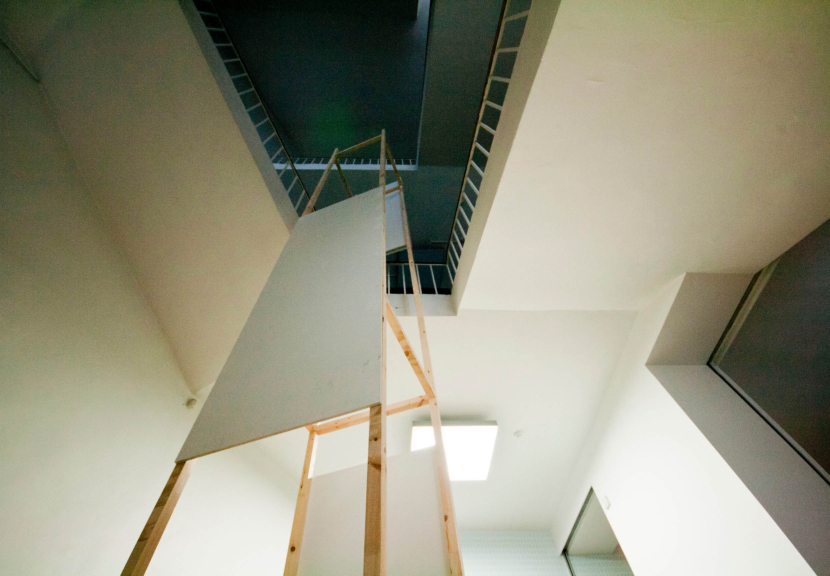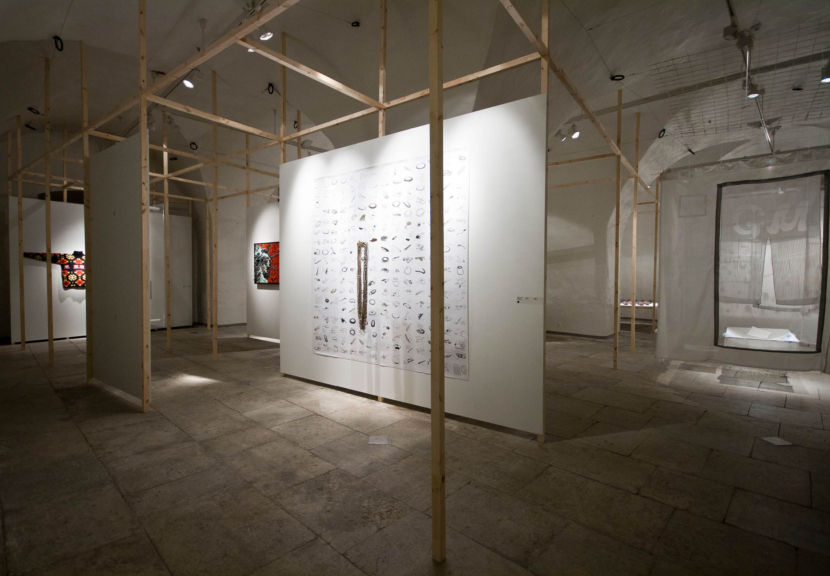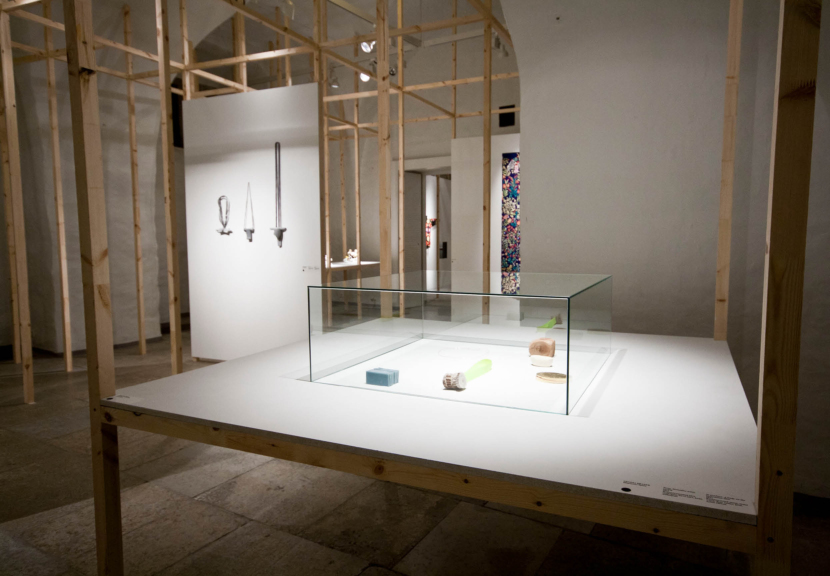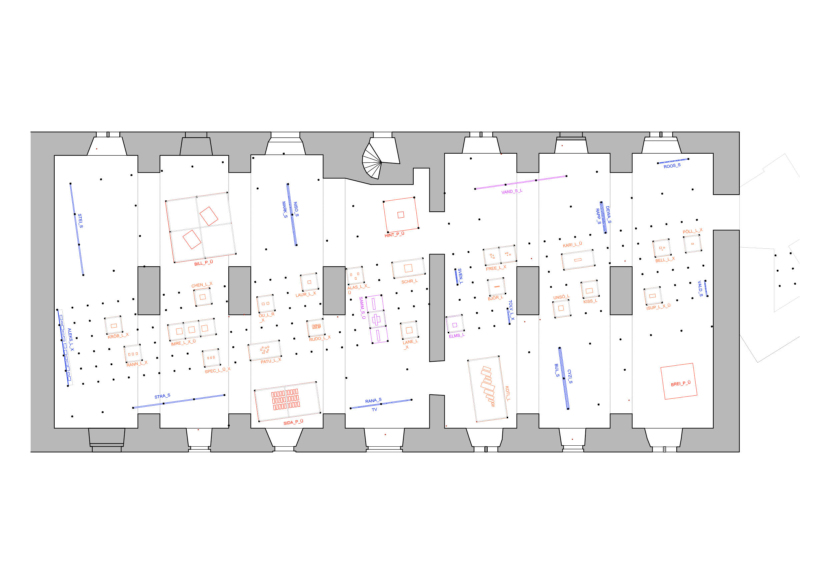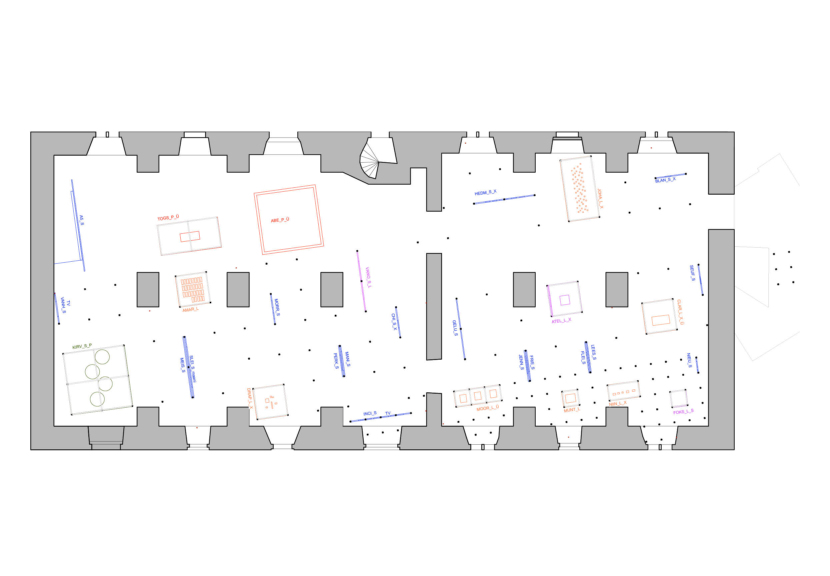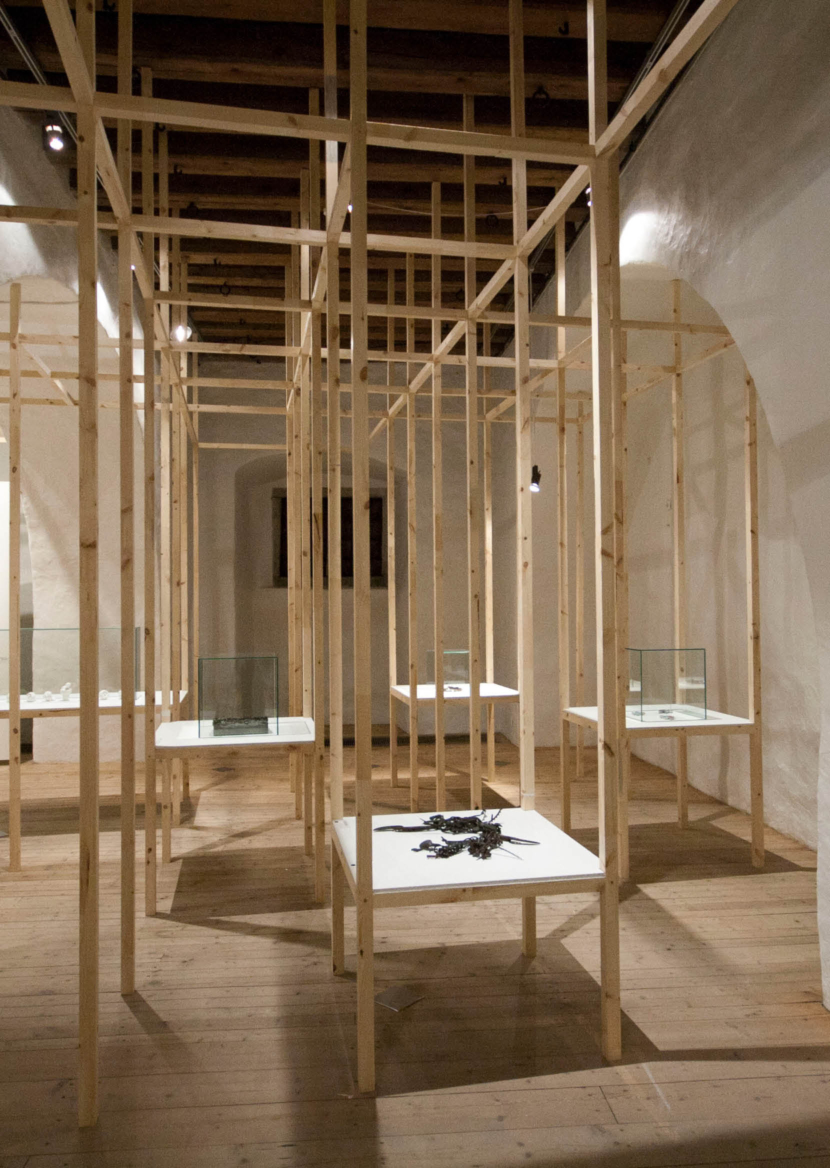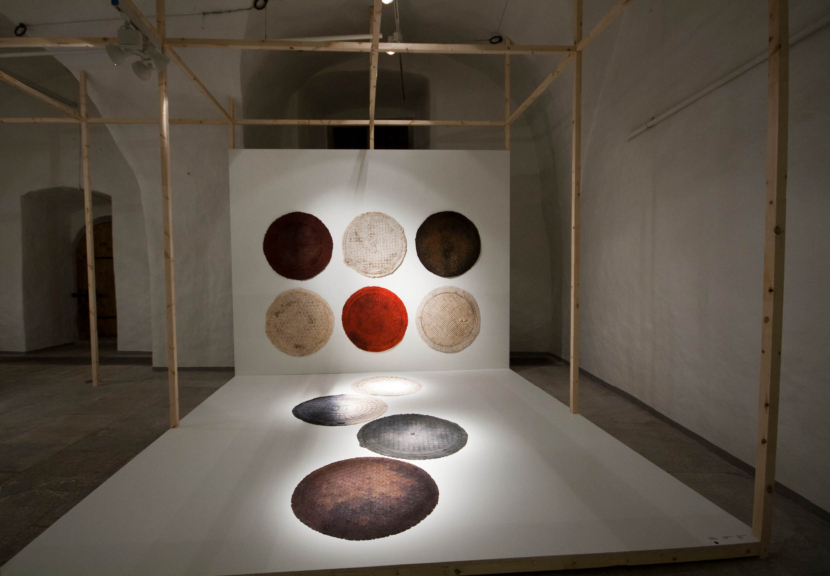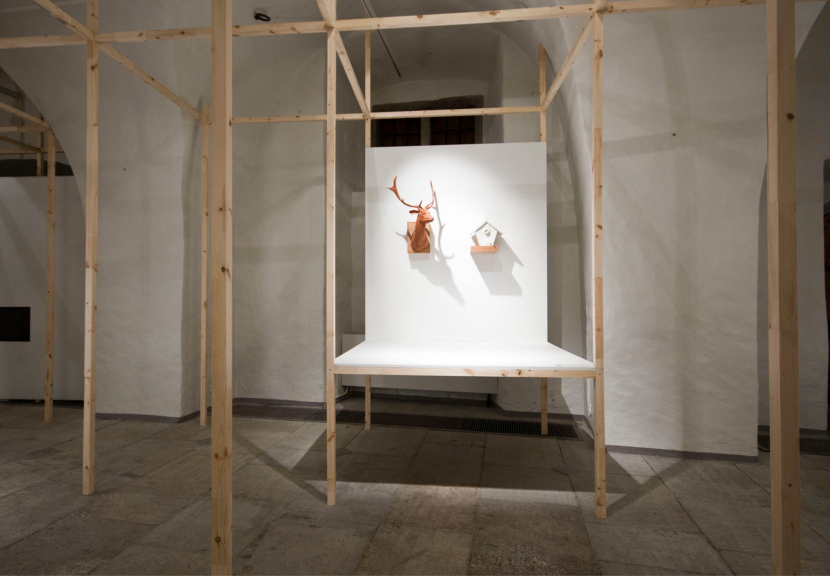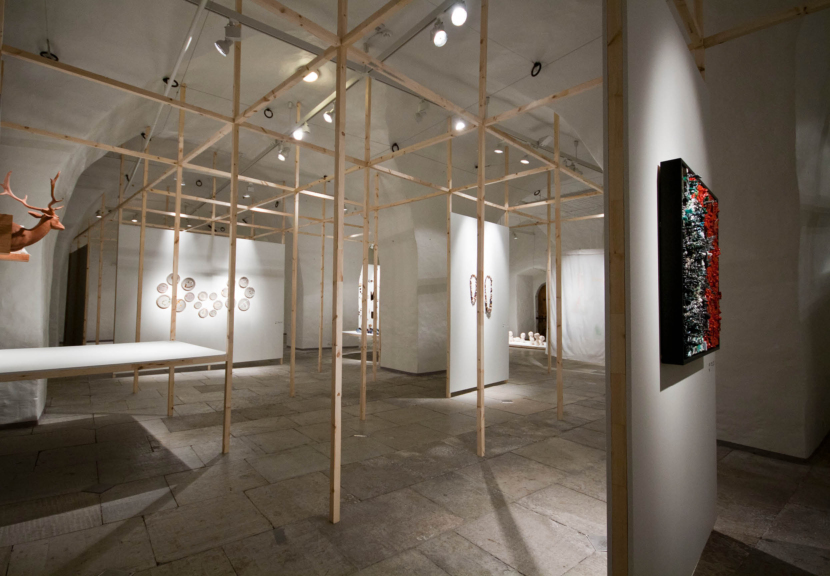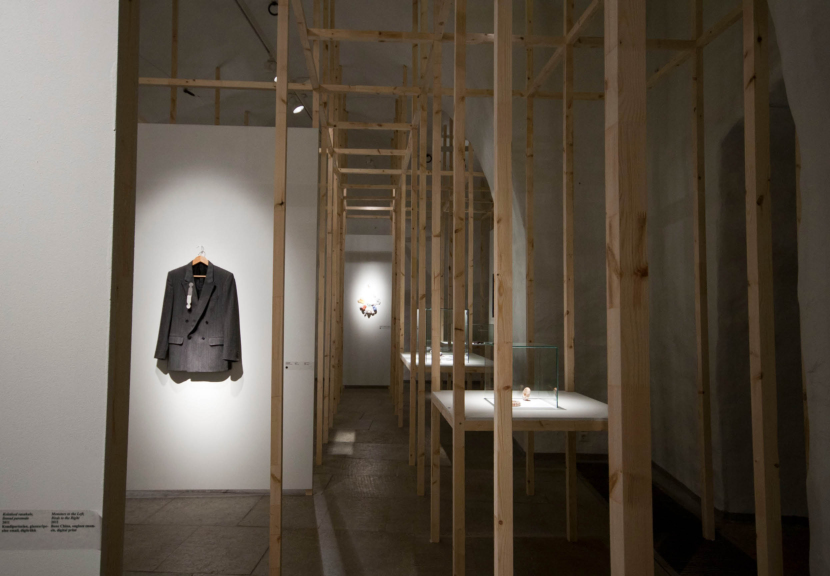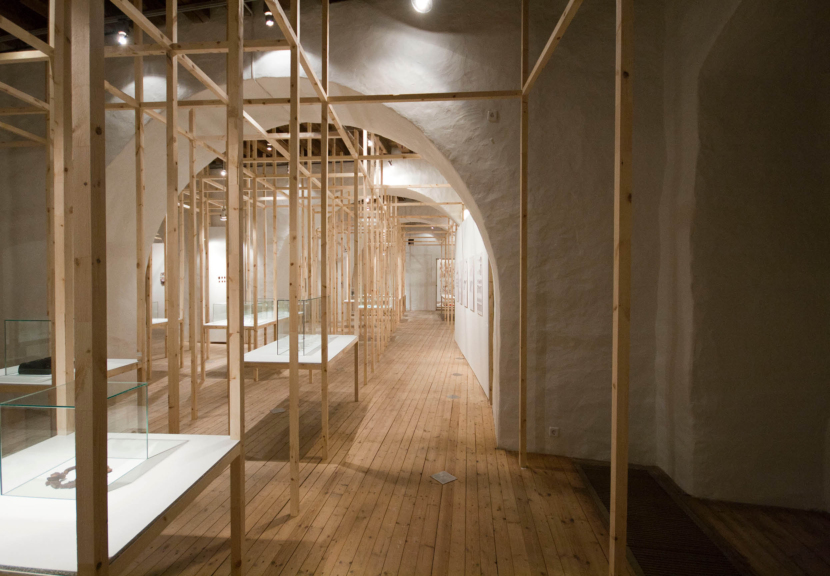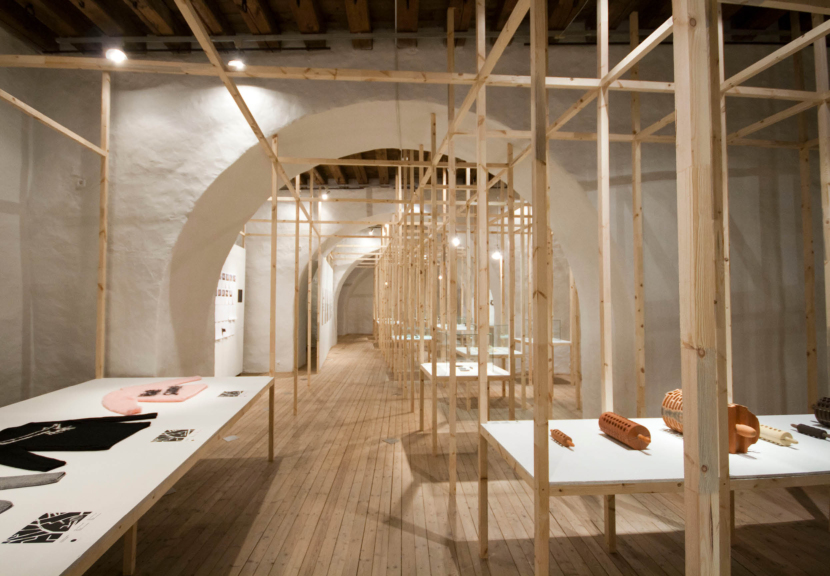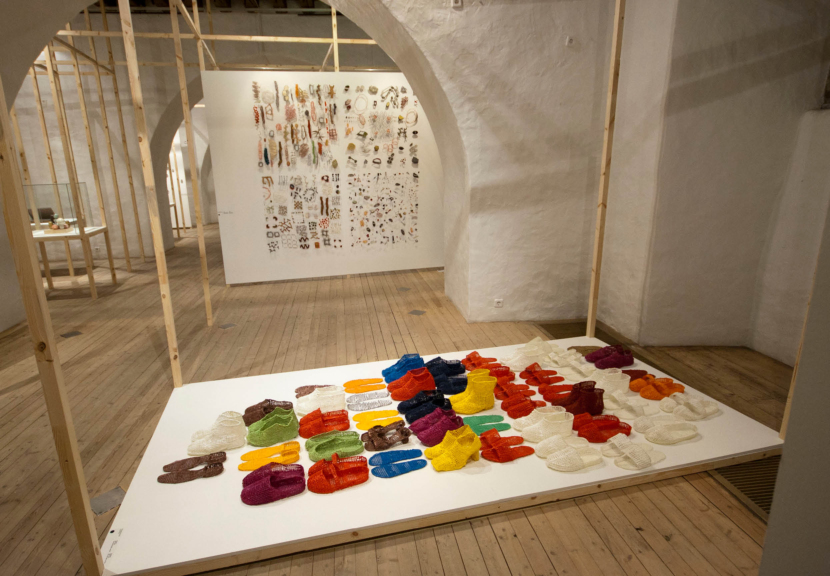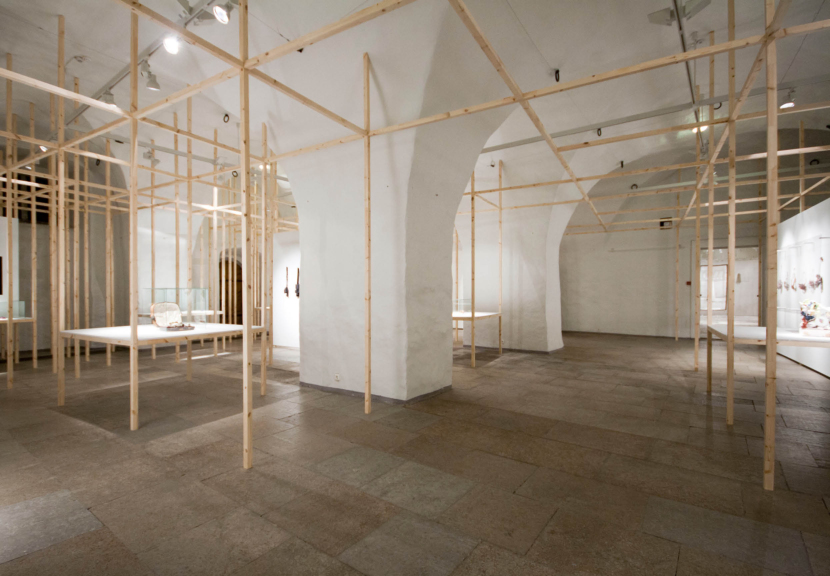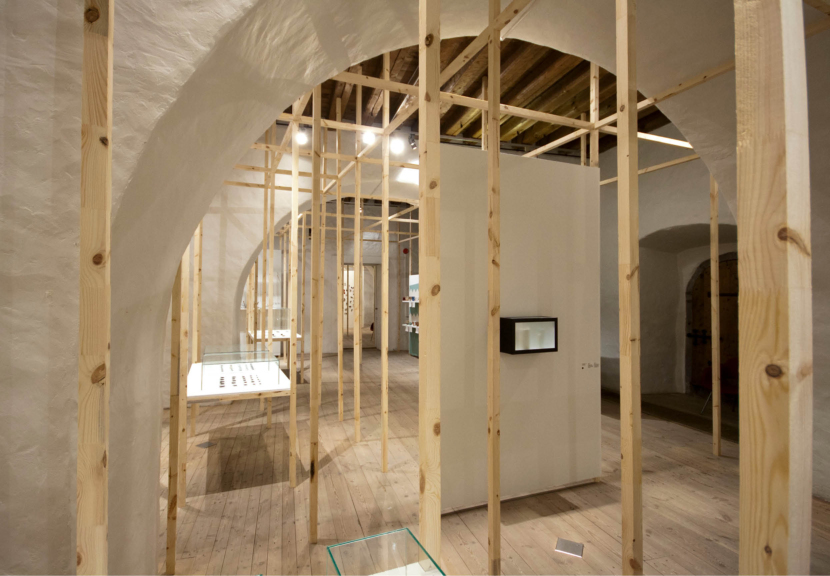6th Tallinn Applied Art Triennial “THE ART OF COLLECTING”
2012 / Built / 900 m2
Category: Public, Exhibition
Authors: Ilmar Valdur, Markus Kaasik, Andres Ojari, Karin Harkmaa
Photos: Karin Harkmaa
Love Jönsson (curator of the exhibition): “Collecting is one of those aspects of human activity that remains consistently fascinating. A collected object can be anything – from used everyday items to the most coveted works of art. We collect things as a way of preserving the past, as a life’s mission, or simply because we cannot help ourselves. Every collection creates connections between the objects it contains, but it also sets boundaries by defining what is included and what is left out. Thus, collecting inevitably leads us to explore relationships between things – both directly and indirectly. Needless to say, it also directs our attention to the relationship between humanity and its objects.”
This idea also inspired the exhibition design of the 6th Tallinn Applied Art Triennial “The Art of Collecting.” Just as a collector gathers diverse objects, the exhibition, too, forms a collection – whether the items are tiny or monumental. The collector wants to display these objects, to present them, and to give each one its rightful place. The core idea of the exhibition design was therefore to create a supporting structure that offers each object – regardless of size – its own space, whether placed under glass on a table, mounted on a wall, suspended from the ceiling, or displayed spatially on the floor.
The design also takes into account the complex architecture of the Estonian Museum of Applied Art and Design – a medieval building with heavy stone vaults on the lower floor and timber ceilings above. To create a fresh spatial experience, the design grid is divided into three different scales and rotated at an angle to the orthogonal structure of the building. Wooden vertical posts follow the lines of the ceiling, and the objects are positioned within the grid – either on horizontal or vertical surfaces.
It was important that the design structure did not overpower the exhibits. Therefore, the placement of objects was carefully considered – vertical wall surfaces help reduce visual noise in the background and allow the works to stand out. The exhibition does not prescribe a fixed path for the visitor – everyone is free to experience the exhibition at their own pace, according to how the objects and views reveal themselves.
